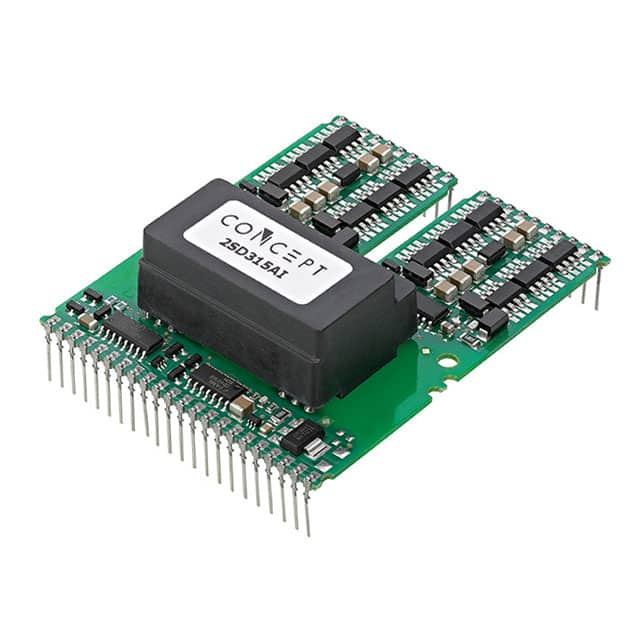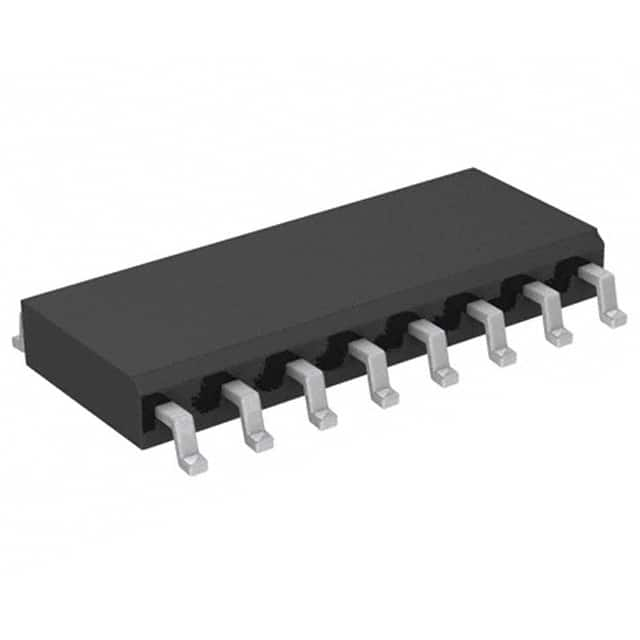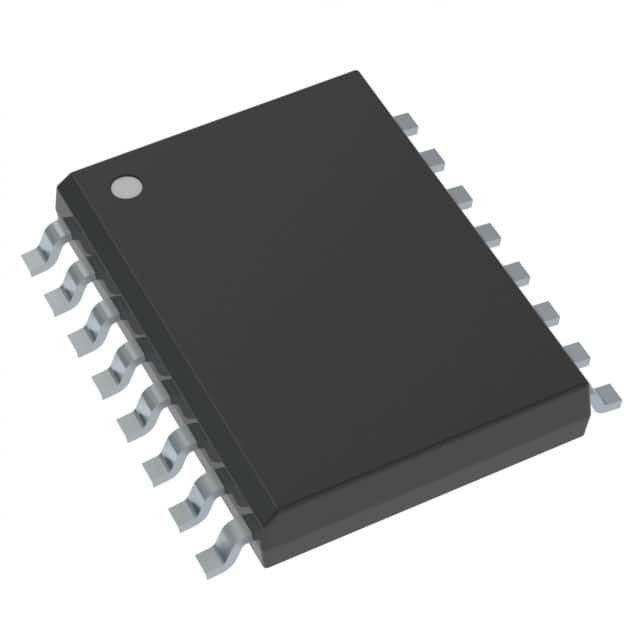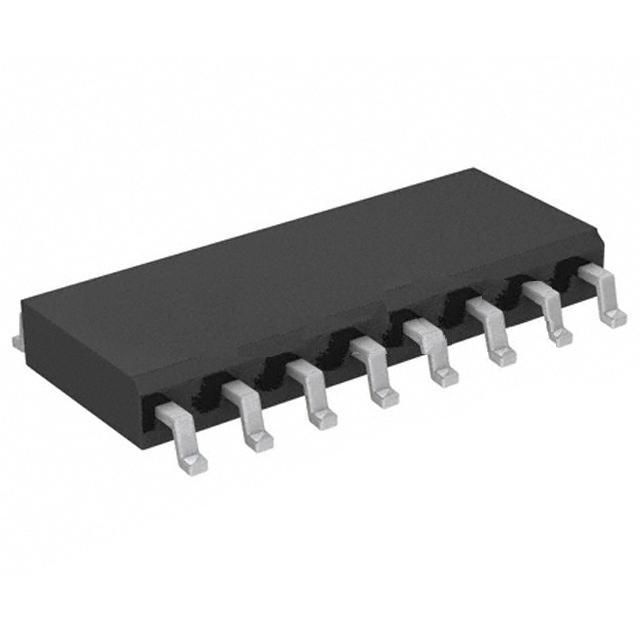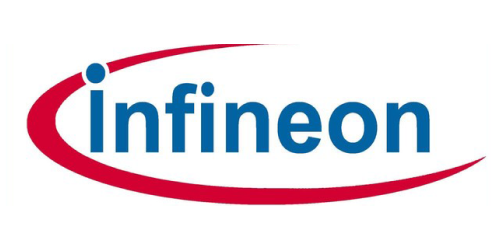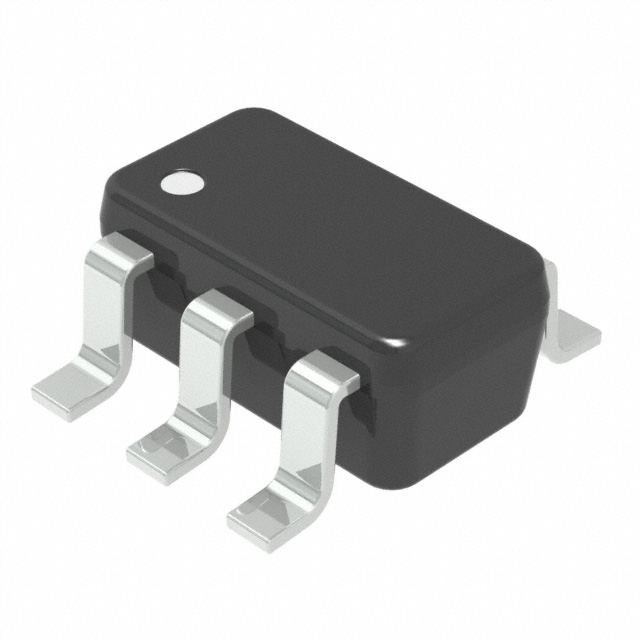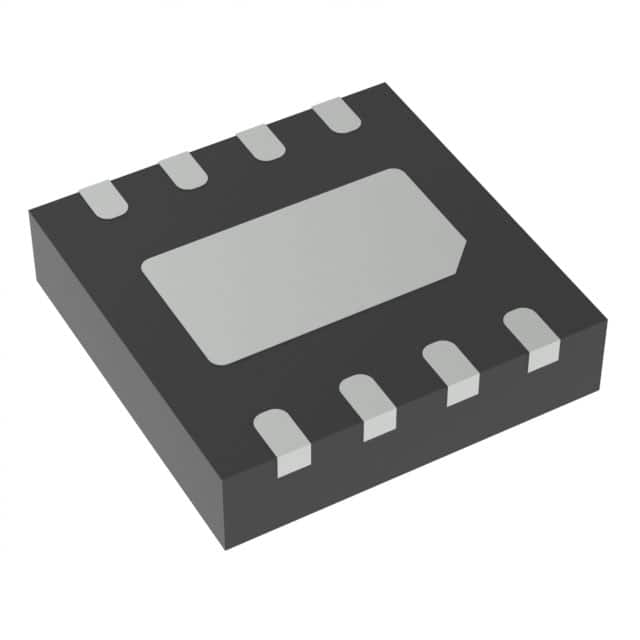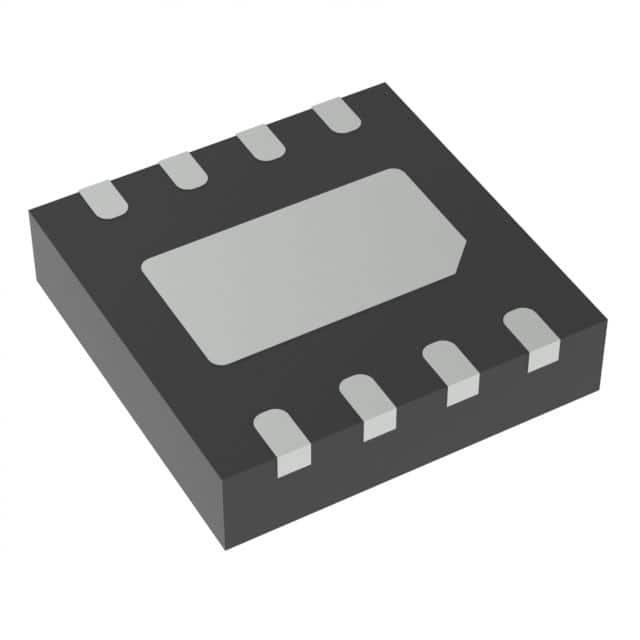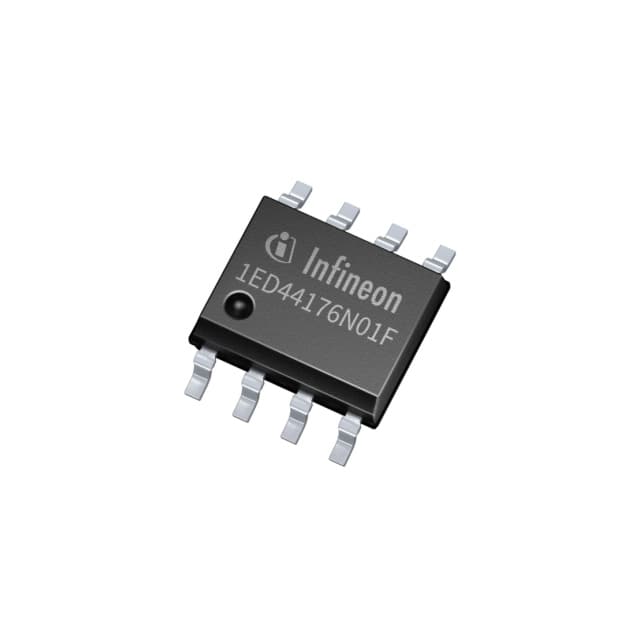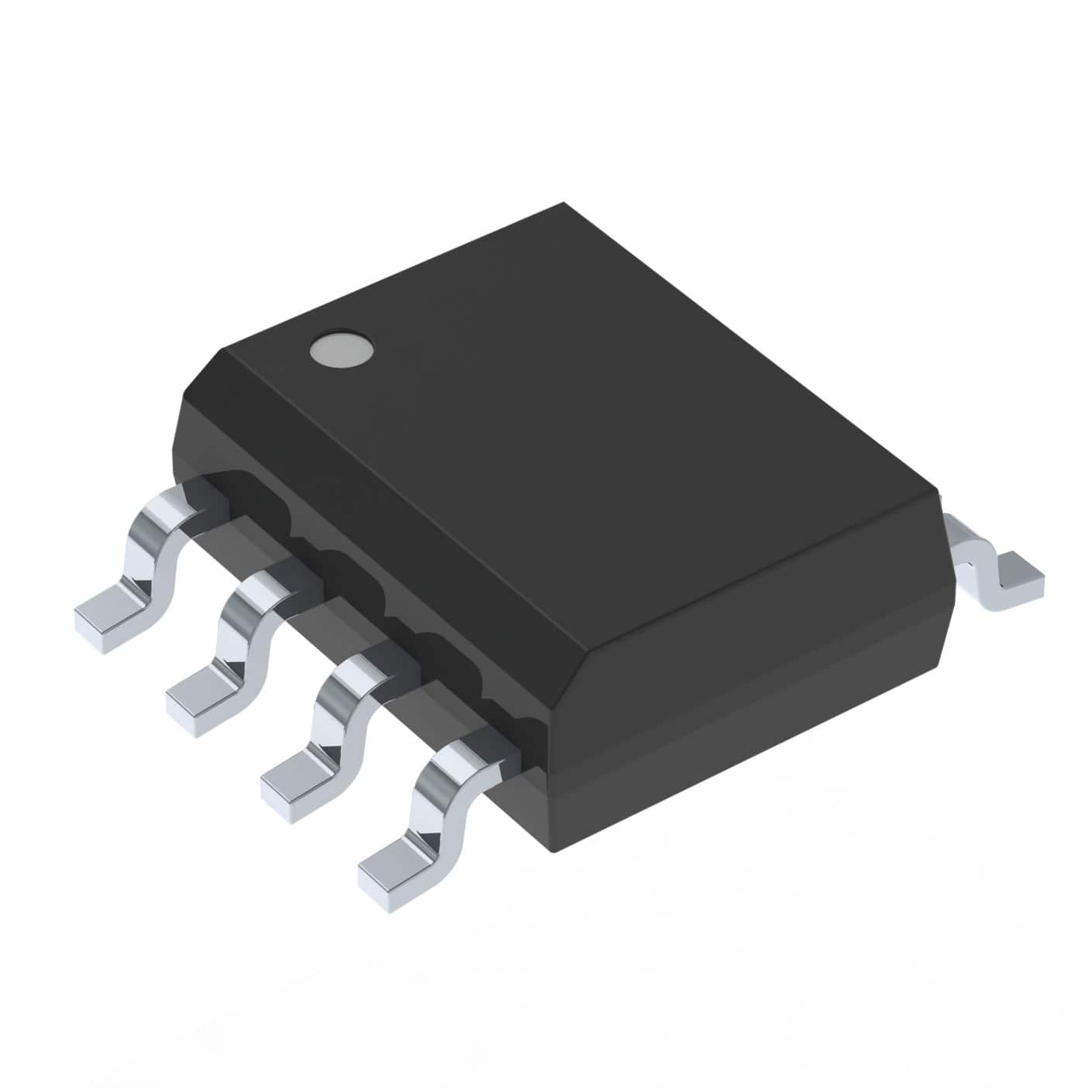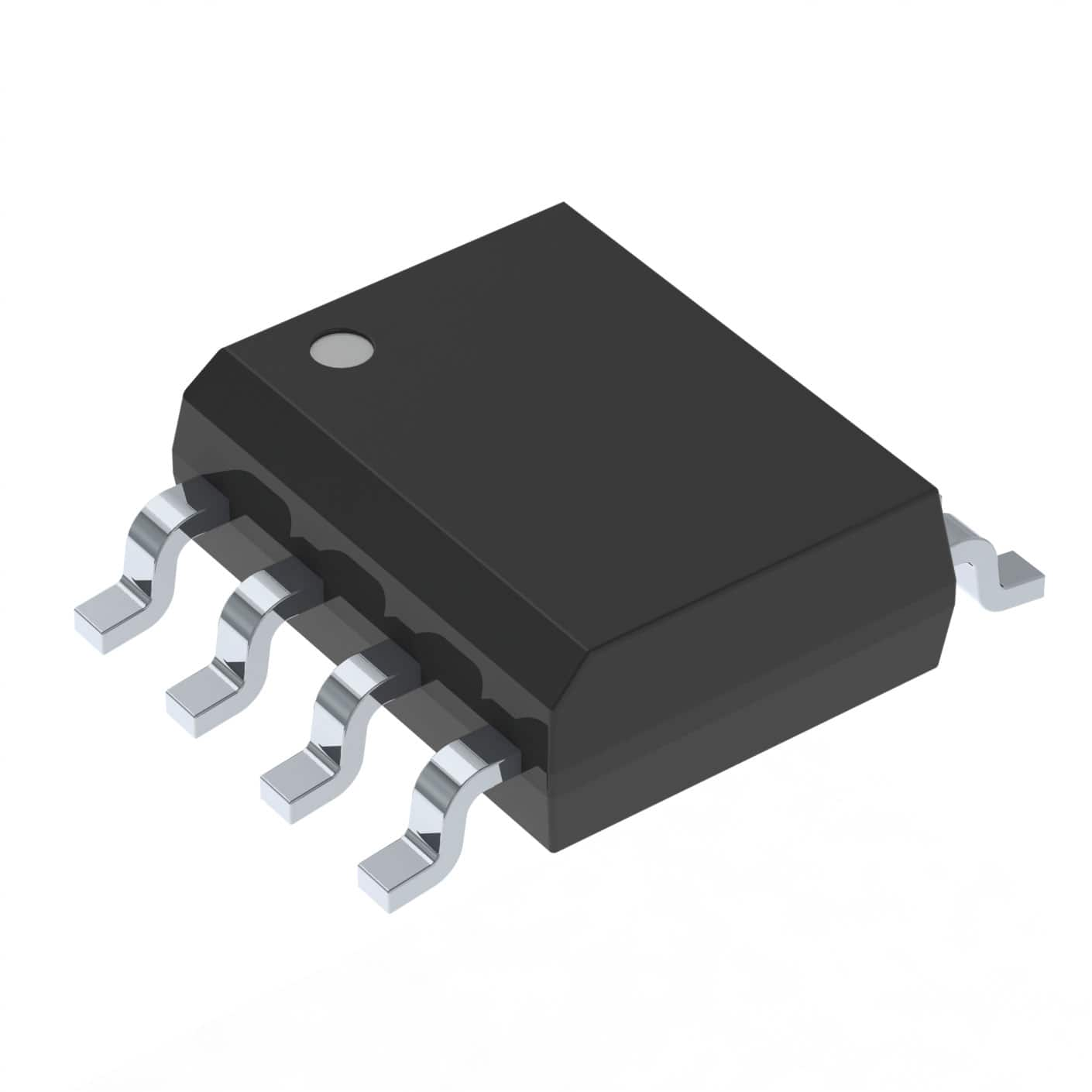2EDF7235KXUMA1 Product Introduction:
Infineon Technologies Part Number 2EDF7235KXUMA1(PMIC - Gate Drivers), developed and manufactured by Infineon Technologies, distributed globally by Jinftry. We distribute various electronic components from world-renowned brands and provide one-stop services, making us a trusted global electronic component distributor.
2EDF7235KXUMA1 is one of the part numbers distributed by Jinftry, and you can learn about its specifications/configurations, package/case, Datasheet, and other information here. Electronic components are affected by supply and demand, and prices fluctuate frequently. If you have a demand, please do not hesitate to send us an RFQ or email us immediately sales@jinftry.com Please inquire about the real-time unit price, Data Code, Lead time, payment terms, and any other information you would like to know. We will do our best to provide you with a quotation and reply as soon as possible.
Introducing the Infineon Technologies 2EDF7235KXUMA1, a cutting-edge power module designed to revolutionize the field of automotive electronics. This compact and highly efficient module is packed with advanced features that make it the perfect choice for a wide range of applications.
One of the standout features of the 2EDF7235KXUMA1 is its high power density, allowing it to deliver exceptional performance in a compact form factor. With a maximum operating voltage of 600V and a current rating of 35A, this module is capable of handling demanding power requirements with ease.
The 2EDF7235KXUMA1 also boasts excellent thermal performance, thanks to its low thermal resistance and integrated heat sink. This ensures reliable operation even in high-temperature environments, making it ideal for automotive applications where heat dissipation is crucial.
Furthermore, this power module offers advanced protection features such as overcurrent and overtemperature protection, ensuring the safety and longevity of the system it is integrated into. Its robust design and high reliability make it suitable for a wide range of automotive applications, including electric power steering, electric braking systems, and motor control.
In summary, the Infineon Technologies 2EDF7235KXUMA1 power module is a game-changer in the field of automotive electronics. With its high power density, excellent thermal performance, and advanced protection features, it is the perfect choice for demanding automotive applications. Trust Infineon Technologies to deliver cutting-edge solutions that drive innovation in the automotive industry.
Gate Drivers are circuits specifically designed to enhance and control the gate signals of a MOSFET or IGBT. It receives low-voltage and low-current signals from the controller and converts them into high-voltage and high-current pulse signals that directly act on the gate of the MOSFET or IGBT, thus achieving accurate control of these semiconductor switching devices. Grid drivers have become an indispensable part of modern power electronic systems because of their high efficiency in signal conversion and stable driving performance.
Application
Gate Drivers have been widely used in various fields of power electronics technology. In the motor control system, the gate driver is used to drive the MOSFET or IGBT switching components of the inverter to achieve accurate control and efficient operation of the motor, which is widely used in the fields of electric vehicles, industrial automation equipment and household appliances. In power inverters, the gate driver is responsible for converting DC power to AC power to meet the needs of various loads, commonly seen in solar photovoltaic systems, wind power systems and uninterruptible power supplies (UPS). In addition, gate drivers also play an important role in many fields such as switching power supplies, AC frequency converters, and power electronic converters.
FAQ about PMIC - Gate Drivers
-
1. What is a motor gate driver?
A motor gate driver is a circuit that is mainly used to enhance the gate signal of a field effect transistor (MOSFET) or an insulated gate bipolar transistor (IGBT) so that the controller can better control the operation of these semiconductor switches. It converts the low-voltage signal output by the controller into a high-voltage, high-current pulse signal to ensure that the MOSFET or IGBT can switch states stably and quickly within its operating range.
-
2. What are the different types of gate drivers?
There are mainly the following types of gate drivers:
High-frequency high-voltage gate driver: This driver can drive two N-channel MOSFETs, supports a power supply voltage of up to 100V, has strong driving capabilities, is suitable for MOSFETs with high gate capacitance, and can reduce switching losses. It also has features such as undervoltage lockout and adaptive shoot-through protection.
HL-type gate driver: The HL-type driver drives two N-channel MOSFETs in a half-bridge configuration and supports a power supply voltage of up to 140V. It has independent control outputs and strong anti-interference ability, and is suitable for application scenarios that require independent control of two MOSFETs. The HL type driver also has functions such as UVLO, TTL/CMOS compatible input, adjustable turn-on/off delay and shoot-through protection.
Pulse transformer drive: This driver does not require a separate drive voltage, and applies a high voltage to the gate through a pulse transformer, which is suitable for half-bridge or full-bridge circuits. It uses a capacitor and pulse transformer in series to increase the switching speed, and quickly resets the pulse transformer through a Zener diode.
Optocoupler and floating power supply drive: This driver uses an optocoupler to isolate the microcontroller and power transistor, and requires a separate floating power supply. The optocoupler output requires a separate power supply, which is suitable for high-side drive of half-bridge or full-bridge.
Push-pull circuit: The push-pull circuit is suitable for situations where the drive current is insufficient. It provides sufficient drive current by alternating between two transistors, which is suitable for application scenarios that require high drive current.
Half-bridge/full-bridge high-end drive: This driver applies a high voltage to the gate, which is suitable for half-bridge or full-bridge circuits. Since the source voltage of the high-end MOSFET changes, it needs to be powered independently and cannot share a ground with the low-end MOSFET.
-
3. What is the difference between MOSFET and IGBT gate drivers?
The gate drivers of MOSFET and IGBT have significant differences in drive voltage, drive current, and drive mode.
Drive Voltage and Drive Current
MOSFET: The gate drive voltage of MOSFET is low, usually between 10V and 20V. Due to its structural characteristics, the driving current of MOSFET is also relatively small, which is suitable for using a smaller driving circuit.
IGBT: The gate driving voltage of IGBT is relatively high, usually between 15V and 20V. Due to its composite structure, IGBT requires a large driving current to control its conduction and cutoff, and usually requires a special driving circuit to provide sufficient driving power.
Driving method
MOSFET: The switching speed of MOSFET is very fast and suitable for high-frequency applications. Its driving method is relatively simple, and the gate can be directly controlled by voltage to achieve fast switching action.
IGBT: The switching speed of IGBT is slow and suitable for low-frequency applications. Due to its composite structure, IGBT requires a larger driving current and a more complex driving circuit to ensure its stable operation. IGBT usually requires positive and negative voltages to control its conduction and cutoff, especially when it is turned off, a negative voltage is required to eliminate the current tailing effect.
 Lead free / RoHS Compliant
Lead free / RoHS Compliant












